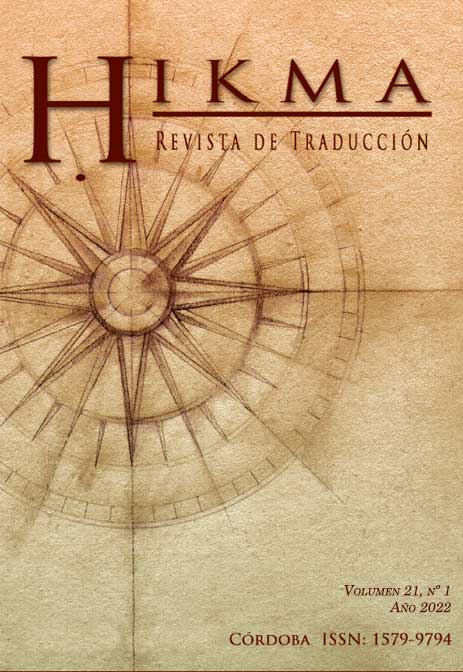Looking through the Lens of Bourdieu: A Corpus-based Study of English Romance Fiction Translation Concerning the Translation Strategies of CSIs
Contenu principal de l'article
Résumé
Translatorial habitus is a key term incorporated Bourdieusian sociological concept of habitus and Translation Studies’ translation norms. In light of Bourdieu’s theoretical model of sociology, this study sought to address the translatorial behaviour of the Iranian translators of English romance novels in terms of the translation strategies of Culture-Specific Items (CSIs) before and after the Cultural Revolution of 1980 in Iran. 4282 sentences containing CSIs were obtained from Rebecca, Sense and Sensibility, the Great Gatsby, and their two Persian translations. Based on how each CSI was translated, they were grouped under one of Liang's proposed categorization. The frequency and percentages of each procedure were calculated using SPSS software. Moreover, the results were cross-checked with a qualitative analysis of some archived interviews printed in Motarjem [the translator] journal, newspapers, and WebPages. The evidence from this study suggests that there was a clear foreignizing trend among Iranian translators of the English romance novels when translating CSIs not only in the Pre-Cultural Revolution era but also in the Post-Cultural Revolution era. Also, a significant difference between various strategies utilized in the two eras was detected.
Téléchargements
Details de l'article

Ce travail est disponible sous licence Creative Commons Attribution - Pas d’Utilisation Commerciale - Partage dans les Mêmes Conditions 4.0 International.
Les auteurs qui publient dans cette revue acceptent les conditions suivantes :
- Les auteurs conservent les droits d'auteur et accordent à la revue le droit de première publication du travail simultanément sous une Licence Creative Commons Attribution, permettant à d'autres de partager le travail en reconnaissant la paternité du travail et sa publication initiale dans cette revue.
- Les auteurs peuvent conclure des accords contractuels supplémentaires séparément pour la distribution non exclusive de la version publiée du travail dans la revue (par exemple, l'envoyer à un référentiel institutionnel ou le publier dans un livre), avec une reconnaissance de sa publication initiale dans cette revue.
- Il est permis et encouragé aux auteurs de publier leurs travaux en ligne (par exemple, dans des référentiels institutionnels ou sur leur site Web) avant et pendant le processus de soumission, car cela peut entraîner des échanges productifs, ainsi qu'une citation plus précoce et plus importante du travail publié (voir L'effet de l'accès ouvert).

